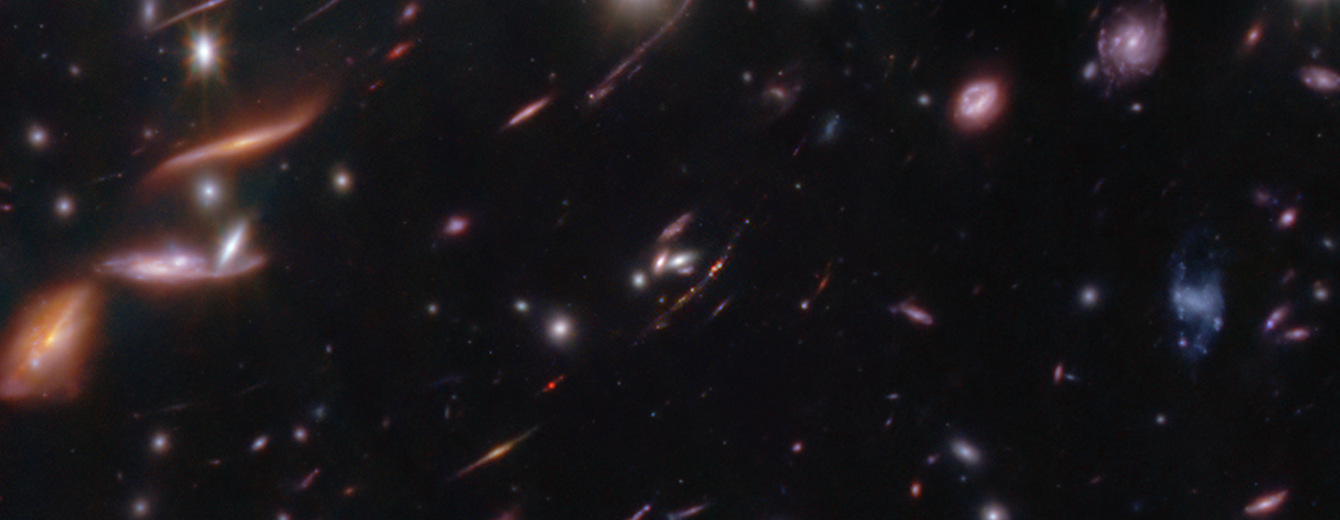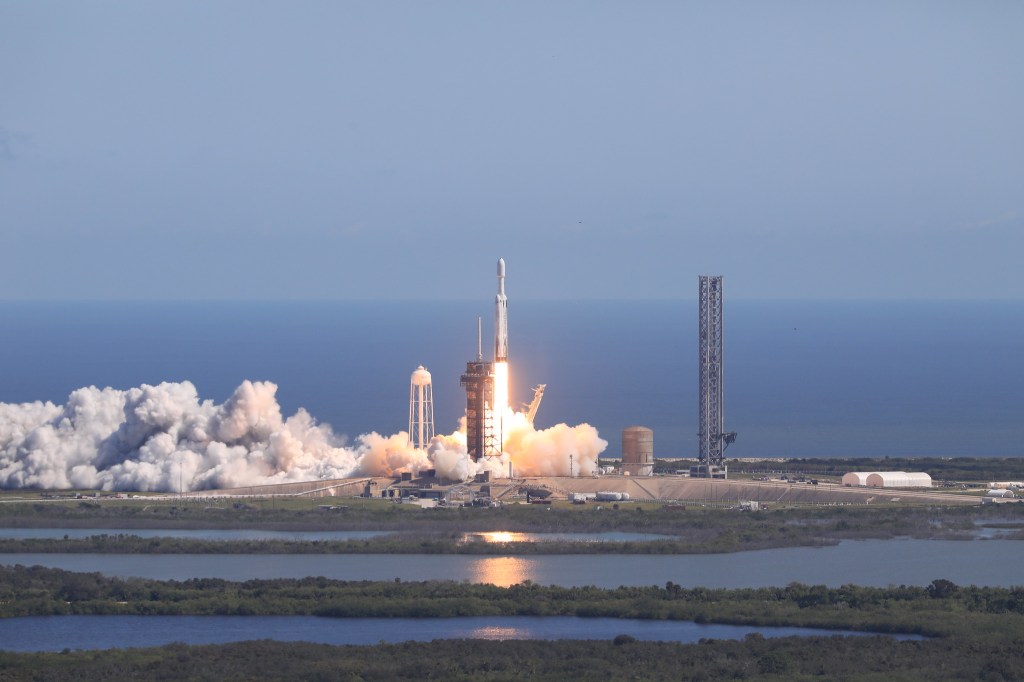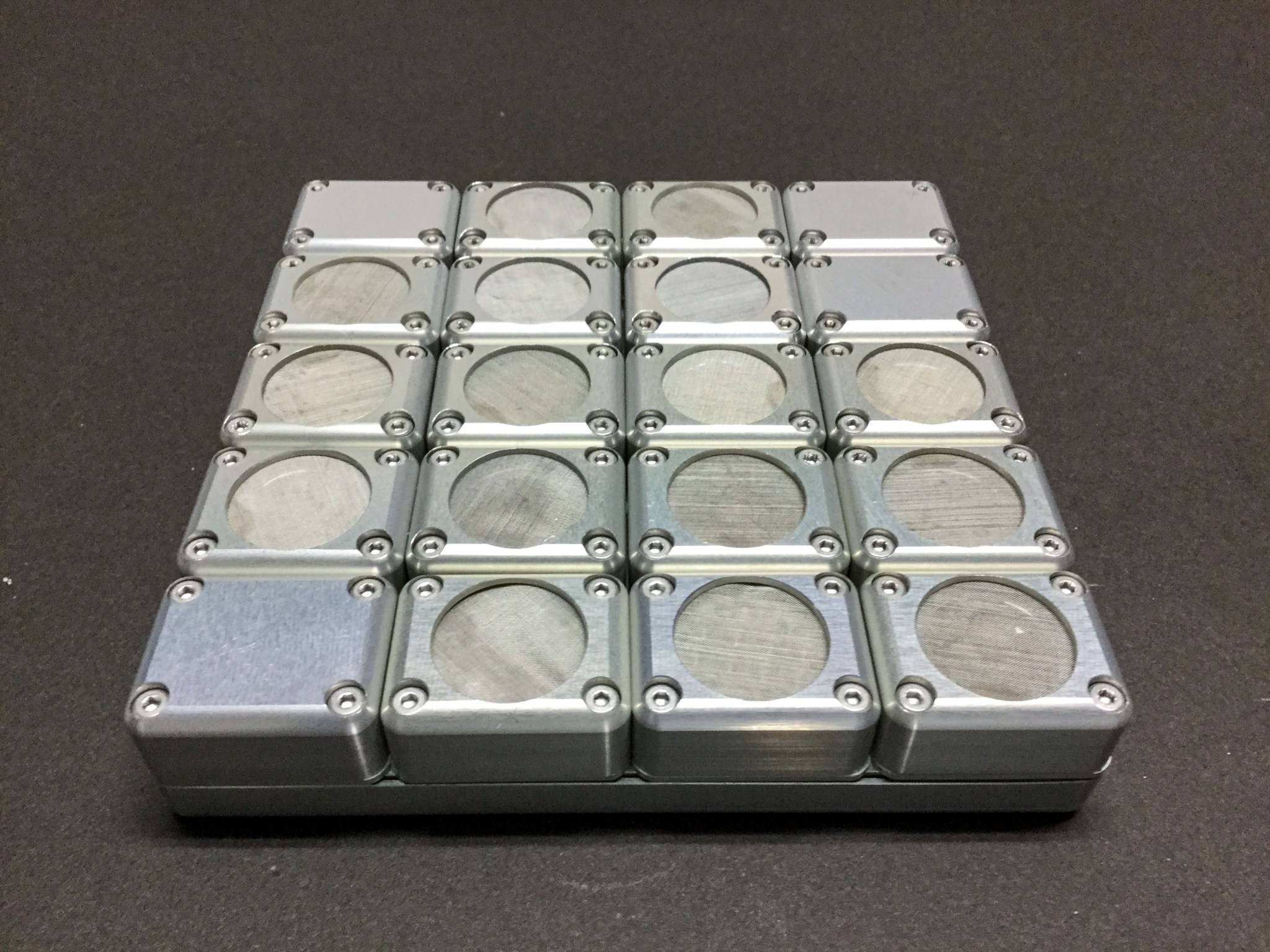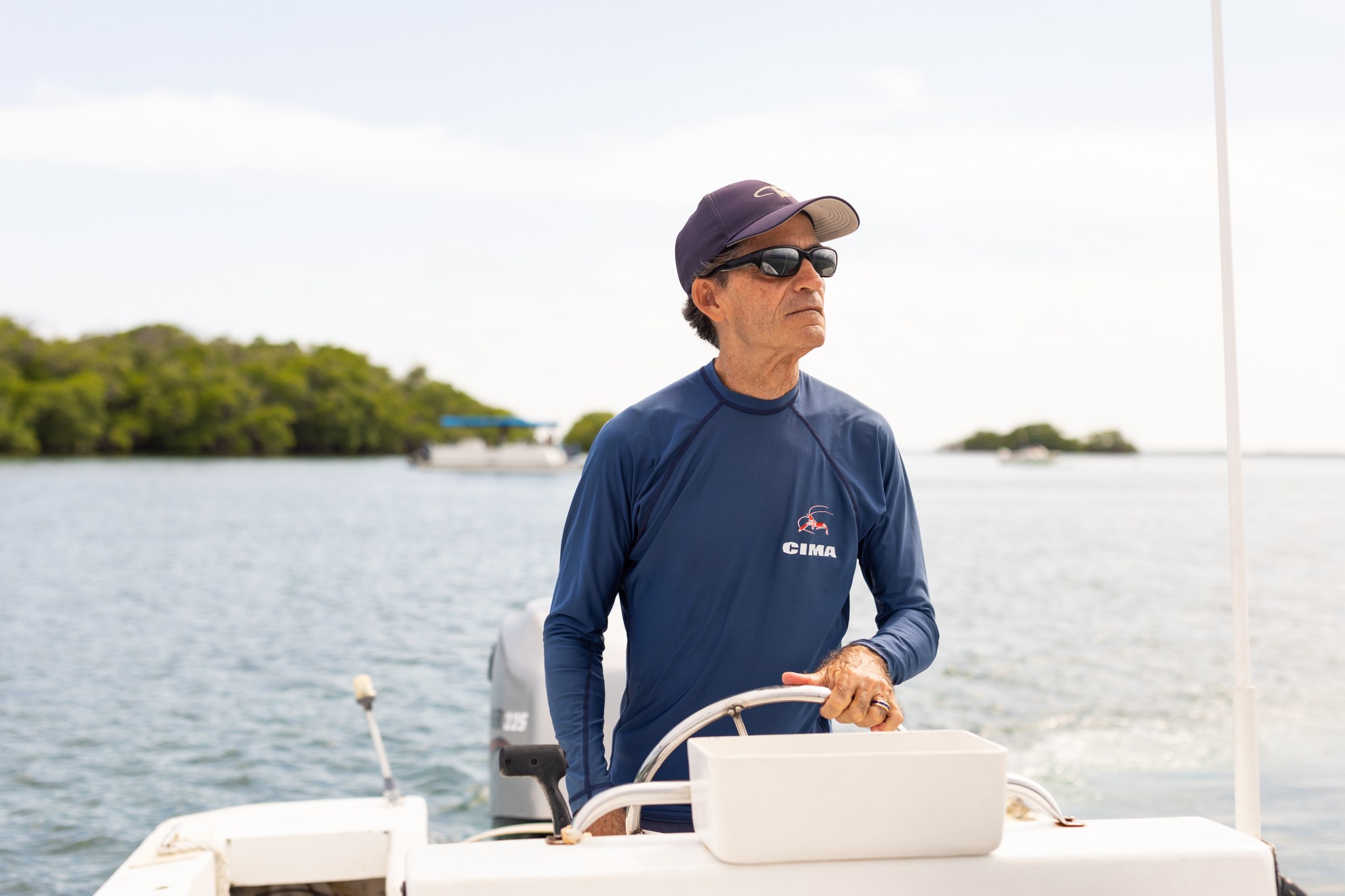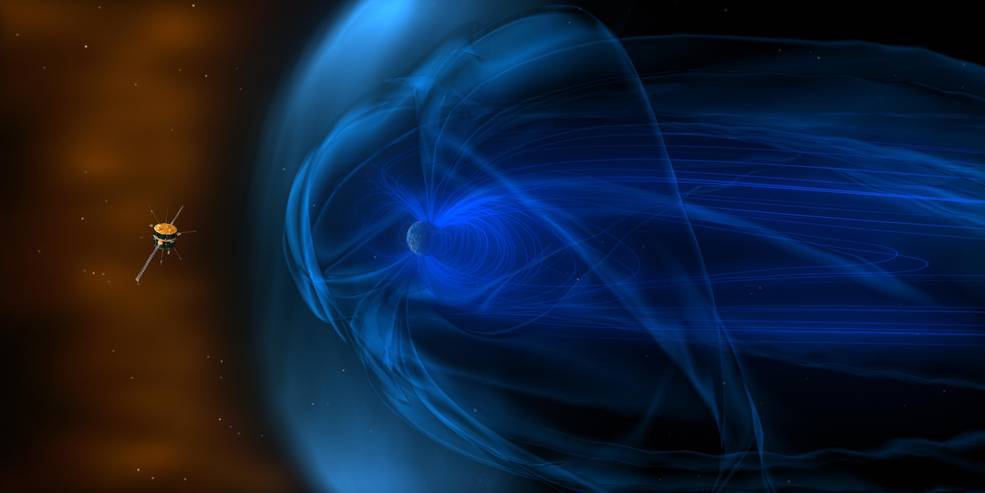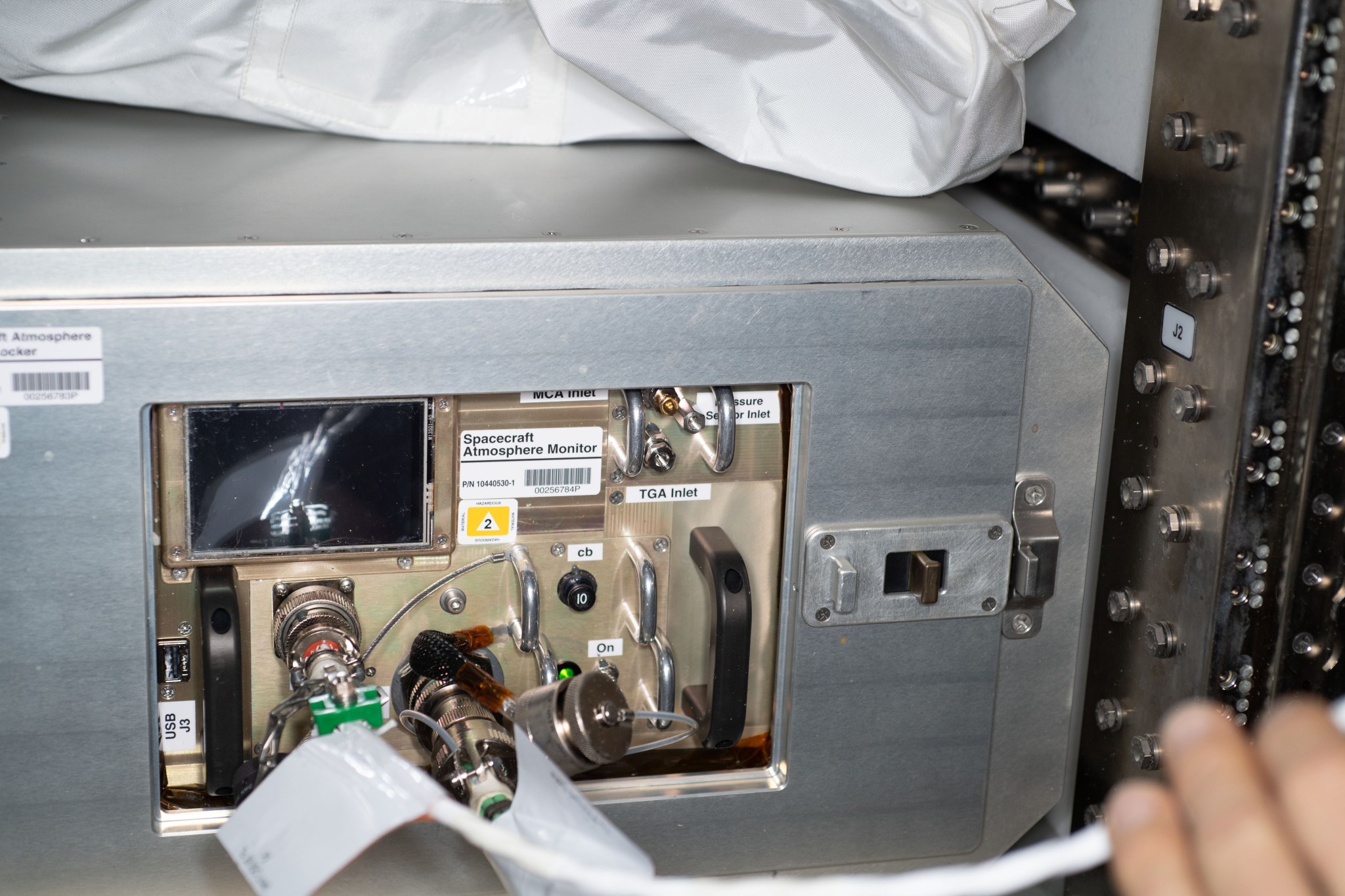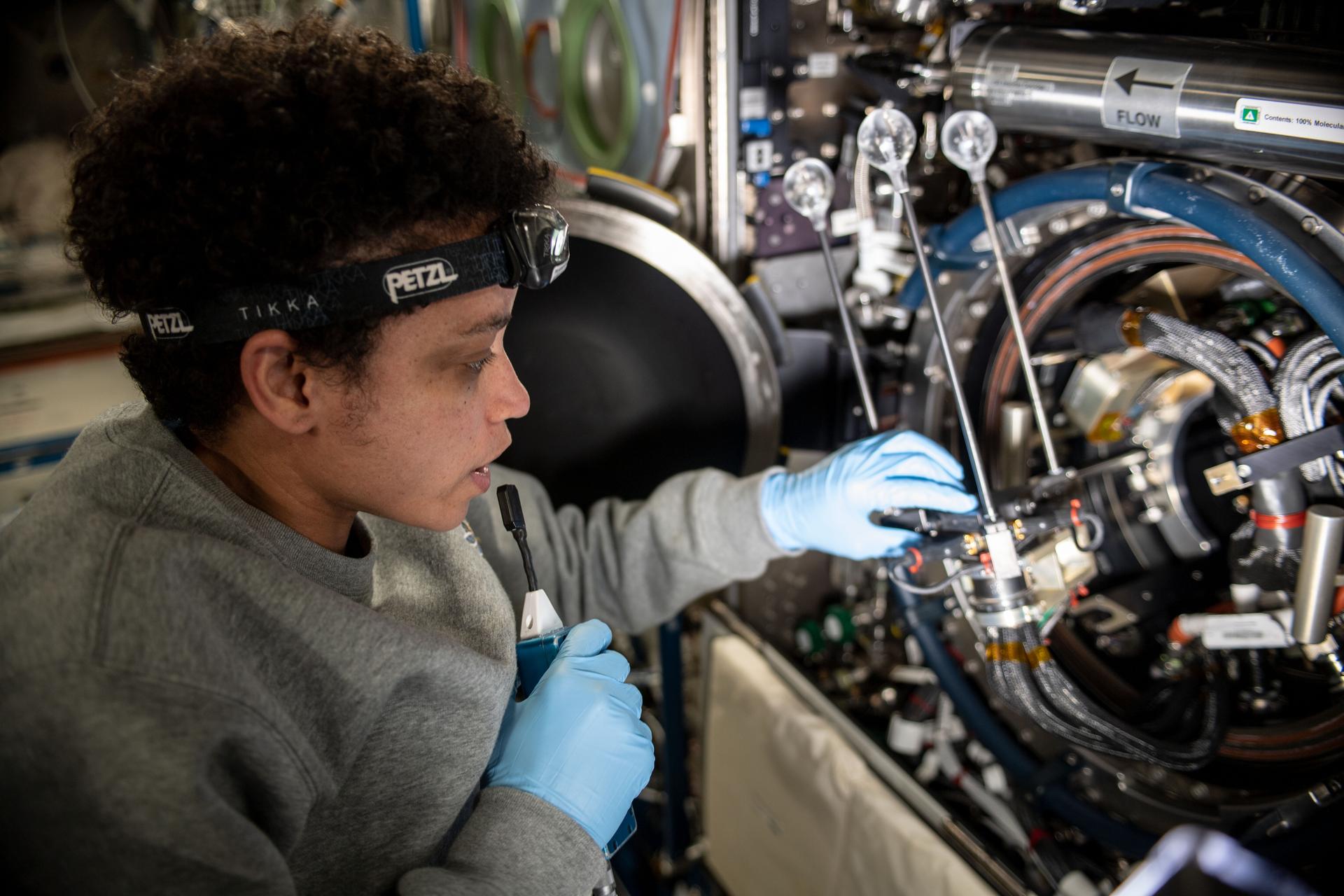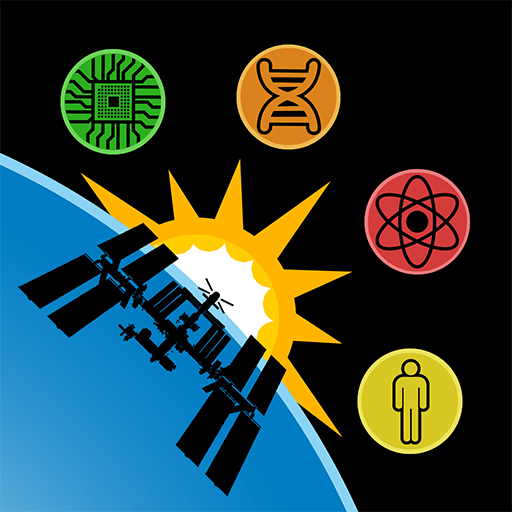Webb Webb News Latest News Latest Images Blog (offsite) Awards X (offsite – login reqd) Instagram (offsite – login reqd) Facebook (offsite- login reqd) Youtube (offsite) Overview About Who is James Webb? Fact Sheet Impacts+Benefits FAQ Science Overview and Goals Early Universe Galaxies Over Time Star Lifecycle Other Worlds Observatory Overview Launch Orbit Mirrors Sunshield Instrument: NIRCam Instrument: MIRI Instrument: NIRSpec Instrument: FGS/NIRISS Optical Telescope Element Backplane Spacecraft Bus Instrument Module Multimedia About Webb Images Images Videos What is Webb Observing? 3d Webb in 3d Solar System Podcasts Webb Image…
Read MoreTag: Science & Research
NASA Accelerates Space Exploration, Earth Science for All in 2024
With a look back at 2024, NASA is celebrating its many innovative and inspiring accomplishments this year including for the first time, landing new science and technology on the Moon with an American company, pushing the boundaries of exploration by launching a new mission to study Jupiter’s icy moon Europa; maintaining 24 years of continuous human exploration off the Earth aboard the International Space Station, and unveiling the first look at its supersonic quiet aircraft for the benefit of humanity. The agency also shared the wonder of a total eclipse…
Read MoreStation Science Top News: Nov. 15, 2024
Anthocyanins protect seeds in space After exposure to space outside the International Space Station, purple-pigmented rice seeds rich in anthocyanin had higher germination rates than non-pigmented white rice seeds. This result suggests that anthocyanin, a flavonoid known to protect plants from UV irradiation, could help preserve seed viability on future space missions. Plants are key components for systems being designed to produce nutrients and recycle carbon for future sustained space habitation, but space has been shown to reduce seed viability. Tanpopo-3, part of a series of investigations from JAXA (Japan…
Read MoreInterview with OCEANOS Instructor Roy Armstrong
4 min read Preparations for Next Moonwalk Simulations Underway (and Underwater) Roy Armstrong, an instructor for the OCEANOS internship and marine sciences professor, pilots a small boat around the cays off the coast of La Parguera, Puerto Rico. NASA ARC/Milan Loiacono What is your name and your role with OCEANOS? My name is Ray Armstrong and I am a professor in the Department of Marine Sciences of the University of Puerto Rico. I came to be involved in OCEANOS because my ex-student and good friend Juan Torres-Perez, who works at…
Read More30 Years On, NASA’s Wind Is a Windfall for Studying our Neighborhood in Space
5 min read 30 Years On, NASA’s Wind Is a Windfall for Studying our Neighborhood in Space An artist’s concept of NASA’s Wind spacecraft outside of Earth’s magnetosphere. NASA Picture it: 1994. The first World Wide Web conference took place in Geneva, the first Chunnel train traveled under the English Channel, and just three years after the end of the Cold War, the first Russian instrument on a U.S. spacecraft launched into deep space from Cape Canaveral. The mission to study the solar wind, aptly named Wind, held promise for…
Read MoreStation Science Top News: Oct. 25, 2024
Better Monitoring of the Air Astronauts Breathe Ten weeks of operations showed that a second version of the Spacecraft Atmosphere Monitor is sensitive enough to determine variations in the composition of cabin air inside the International Space Station. Volatile organic compounds and particulates in cabin air could pose a health risk for crew members, and this device increases the speed and accuracy of assessing such risk. Spacecraft Atmosphere Monitor is a miniaturized gas chromatograph mass spectrometer used to analyze the air inside the space station and ensure that it is safe for the…
Read MoreNASA Science on Health, Safety to Launch on 31st SpaceX Resupply Mission
5 min read NASA Science on Health, Safety to Launch on 31st SpaceX Resupply Mission New science experiments for NASA are set to launch aboard the agency’s SpaceX 31st commercial resupply services mission to the International Space Station. The six investigations aim to contribute to cutting-edge discoveries by NASA scientists and research teams. The SpaceX Dragon spacecraft will liftoff aboard the company’s Falcon 9 rocket from Launch Complex 39A at NASA’s Kennedy Space Center in Florida. Science experiments aboard the spacecraft include a test to study smothering fires in space,…
Read MoreExplore International Space Station Research with NASA Mobile Apps
At any given time, crew members are conducting dozens of scientific investigations and technology demonstrations on the International Space Station. If you’re curious about this work, the Space Station Research Xplorer (SSRX) mobile application provides information on these experiments, special facilities on the station, research benefits, and published results. The app includes summaries of each investigation along with photos, videos, interactive media, and additional reference links. Screenshot from the Space Station Research Xplorer (SSRX) mobile app Other sections include: Facilities – brief descriptions of research facilities browsable by research category,…
Read MoreNASA Selects Two Teams to Advance Life Sciences Research in Space
3 min read NASA Selects Two Teams to Advance Life Sciences Research in Space NASA announced two awards Thursday to establish scientific consortia – multi-institutional coalitions to conduct ground-based studies that help address the agency’s goals of maintaining a sustained human presence in space. These consortia will focus on biological systems research in the areas of animal and human models, plants, and microbiology. When fully implemented, the awards for these consortia will total about $5 million. Space biology efforts at NASA use the unique environment of space to conduct experiments…
Read MoreSail Along with NASA’s Solar Sail Tech Demo in Real-Time Simulation
Unable to render the provided source NASA invites the public to virtually sail along with the Advanced Composite Solar Sail System‘s space journey using NASA’s “Eyes on the Solar System” visualization tool, a digital model of the solar system. This simulation shows the real-time positions of the planets, moons, and spacecraft – including NASA’s Advanced Composite Solar Sail System. Solar sails use the pressure of sunlight for propulsion, angling toward or away from the Sun so that photons bounce off the reflective sail to push a spacecraft. This eliminates the need for heavy…
Read More